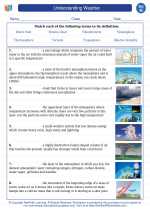Microorganisms
Microorganisms, also known as microbes, are microscopic living organisms that are too small to be seen with the naked eye. They can be found in various environments, including soil, water, air, and the human body. There are several types of microorganisms, including bacteria, viruses, fungi, and protozoa.
Types of Microorganisms
- Bacteria: Single-celled organisms that can be found in various shapes and sizes. They can be beneficial or harmful to humans and the environment.
- Viruses: Submicroscopic infectious agents that can only replicate inside the living cells of an organism. They are responsible for causing many diseases.
- Fungi: Eukaryotic organisms, including yeasts, molds, and mushrooms. They play important roles in decomposition and nutrient cycling.
- Protozoa: Single-celled eukaryotic organisms that can be found in various aquatic and terrestrial environments. Some are parasitic and can cause diseases.
Importance of Microorganisms
Microorganisms play crucial roles in various ecological processes, such as nutrient cycling, decomposition, and the production of food and pharmaceuticals. They are also used in biotechnology for the production of enzymes, antibiotics, and other valuable products. Additionally, some microorganisms are beneficial to human health, such as those found in the gut microbiota.
Study Guide
Here are some key points to remember when studying microorganisms:
- Define what microorganisms are and explain their microscopic nature.
- Identify the different types of microorganisms, including bacteria, viruses, fungi, and protozoa.
- Explain the importance of microorganisms in ecological processes and human health.
- Describe the roles of microorganisms in nutrient cycling and decomposition.
- Discuss the applications of microorganisms in biotechnology and the production of valuable products.
Remember to review the characteristics and specific examples of each type of microorganism, as well as their impact on the environment and human health.
.◂Science Worksheets and Study Guides Eighth Grade. Understanding Weather
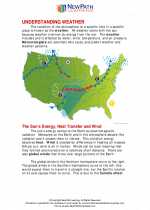
 Activity Lesson
Activity Lesson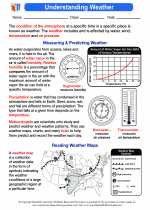
 Worksheet/Answer key
Worksheet/Answer key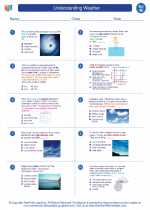
 Worksheet/Answer key
Worksheet/Answer key
 Worksheet/Answer key
Worksheet/Answer key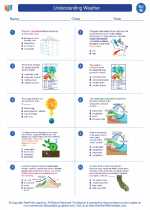
 Worksheet/Answer key
Worksheet/Answer key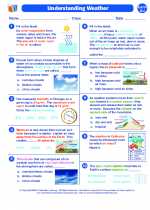
 Vocabulary/Answer key
Vocabulary/Answer key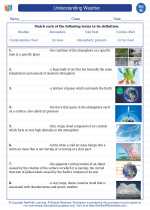
 Vocabulary/Answer key
Vocabulary/Answer key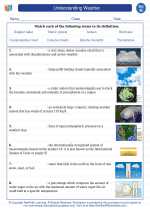
 Vocabulary/Answer key
Vocabulary/Answer key